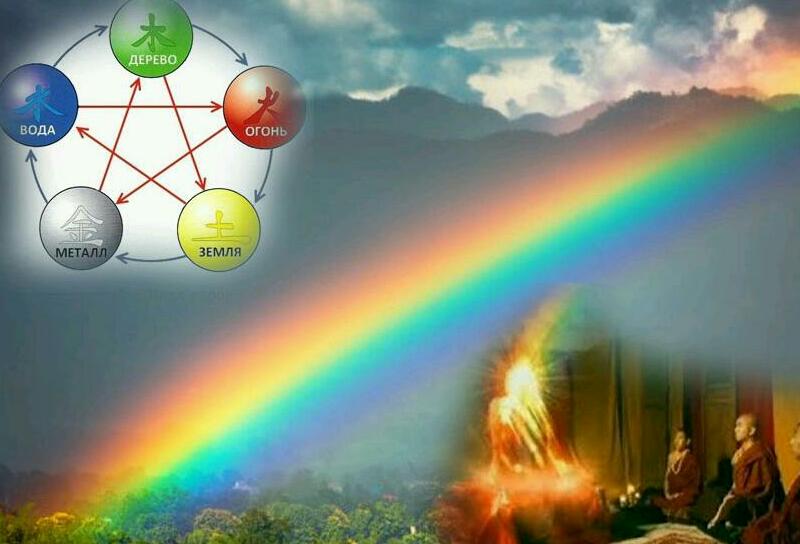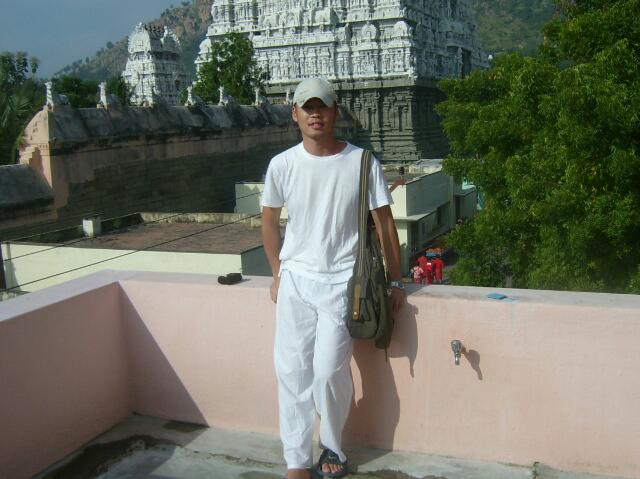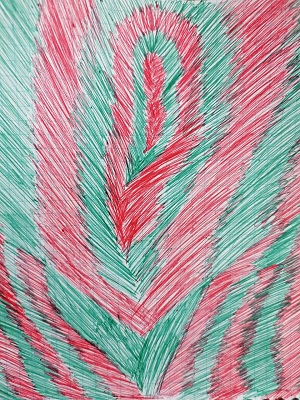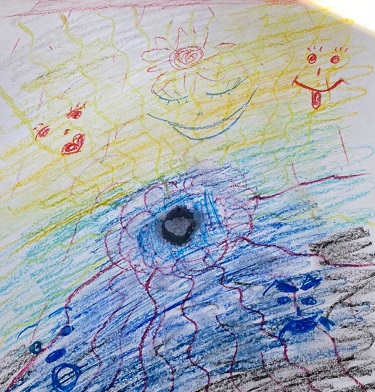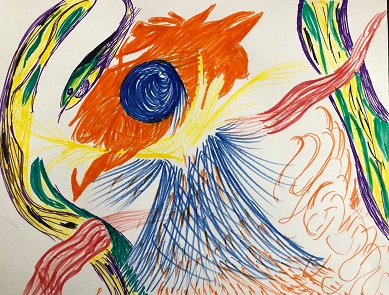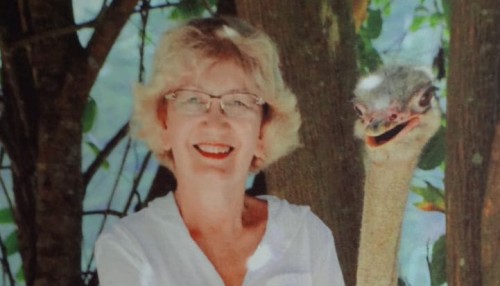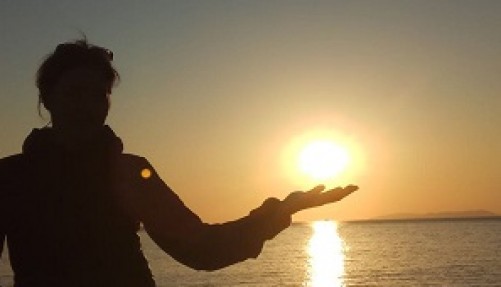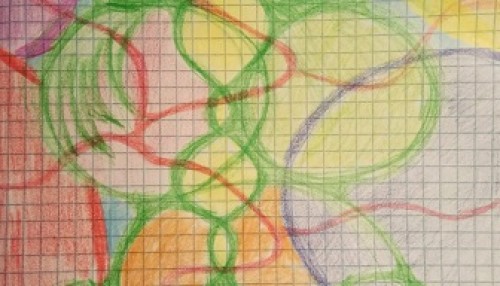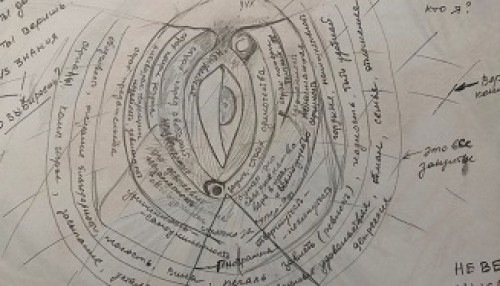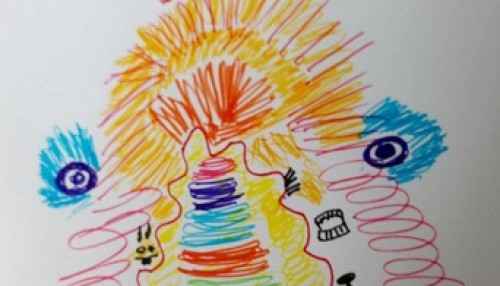
Retreat in the monastery or deprivation of pleasure for the ego.
After
the players could find a place that the Tibetans call "Door to the
heaven", Rama changed the program of the game trip and canceled all
trips on popular tourist routes (visiting a picturesque high-mountain
valley, unusually beautiful high-mountainous lakes) and completely focused players on the impeccable practice of being present in the monastery. Retreat in a unique place was held from 4.30 to 22.00. The conditions under which the retreat was conducted were as much as possible favorable to the disidentification with false ego.
In
addition, the retreat thinning the vibrations and perception of the
players, brought them closer to the higher being who achieved
realization and is in the highest emanation outside the body, here in
the mountains of the Himalayas.
Death is the beginning of a new dawn.
In the view of the sleeping human, disease, illness, suffering and death - together in one package. But the disease, illness and suffering is one thing, death is absolutely different.
Because of this confusion, problems arise.
Death is beautiful, but it is not a disease, not suffering, not the illness.
Death is beautiful.
Death is not the sword dissecting your life, it is like a flower - the final flower, which blooms at the last moment.
This is the peak. Death of a flower on the tree of life.
"I - I awakened." Gautama Buddha.
Gautama Buddha attained enlightenment during his last incarnation - Siddhartha Gautama.
He was born about 563 BC. e. the family of the kingdom Shakya rulers in North India - Sudhodany king and queen Mahamaya - and belonged to the warrior caste.
On the fifth day after his birth, 108 Brahmins were invited to the palace for the choice of the name of the ceremony.
The king called for the eight most scientists have predicted the fate of the child.
Seven agreed that if he remains in the palace, it will be a great king and unite India;
but if he leaves the palace, it will become a Buddha, and save the world by removing the veil of ignorance from his eyes.
Kondanna, eighth and youngest of the group, said that the boy will definitely become a Buddha, when will see four characters - an old man, a sick, the dead man and the saint, renounce the world.
The child was named Siddhartha, which means "One who reaches goals."
Mahavatar Babaji.
In 1922, Babaji was with a group of devotees at the confluence of two rivers: Kali and Gori, north of Pitoragarh, almost on the border with Nepal.
Vowing that he will return for the benefit of all mankind, he plunged into the water of the river and disappeared.
Just a few hours to be seen shining in the water, but it, too, disappeared.
But in his subtle body he often came to his devotees to bless them with his presence or help in trouble.
Those who remember him from the time, with great admiration and love talking about him sixty years later. Many of them have not lost hope that he would ever return.
There are books in Hindi, describing previous incarnation Hayrakan Baba, which lasted roughly from 1800 to 1922. Around 1800, he appeared in the ball of light in front of villagers near Hayrakana and in 1922 in front of some followers, he again turned in a ball of light and disappeared.
Way of the Lord are inscrutable, and no one in power to say when ...
The Six Yogas of Naropa.
The Six Yogas of Naropa is a system of practices first unified by Tilopa, but extended under the name of his disciple Naropa.
In
the heyday of Tantric Buddhism in India, there were hundreds of
Buddhist tantra systems, most of which belonged to the upper class of
anuttara yoga tantra. Apparently initially, each tantra was a complete method for achieving
awakening, but later the Mahasiddha yogis began to combine methods from
different tantras to achieve the greatest effectiveness, which led to
the emergence of such systems as the Six Yogas of Naropa, the Six Yogas
of Sukhasiddhi and others.
The basis, path and purpose of these yogas is Mahamudra. These six practices are designed so that the practitioner learns
to keep the clarity of consciousness always, in whatever state the body
and mind are, in particular:
- wakefulness,
- dream with dreams,
- deep dream,
- meditation,
- dying and
- the period between the death of the body and the conception of the next.
Tibetan Buddhism TODAY.
It
is interesting that when Buddhism comes to mind in the mind of a
Westerner, an association with Buddha Shakyamuni arises that is
literally translated "Awakened Sage from the Shakya Family", who
received the name Siddhatha Gotama (Pali) / Siddhartha Gautama
(Sanskrit) at birth, which is translated (descendant of Gotama , successful in achieving the goals). Siddhartha Gautama himself reached enlightenment under the Bodhi tree about 2000 years ago. The remaining 45 years of his life, Buddha traveled along the Ganges
River valley in central India in the company of his disciples and taught
his Teaching to a wide variety of people.
But
the main hero of modern Tibetan Buddhism, spread on the territory of
Ladak (Little Tibet), is the outstanding yogi, Naropa, who achieved
enlightenment and full realization under the guidance of Tilopa's
teacher, and then revealed to the world the six principles of yoga
Naropa. It is these 6 principles of Yoga Naropa that constitute today practices of modern Tibetan Buddhism.

